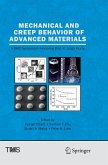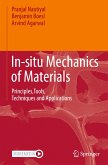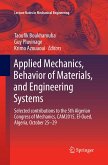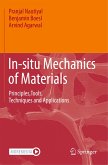The subject of mechanical behavior has been in the front line of basic studies in engineering curricula for many years. This textbook was written for engineering students with the aim of presenting, in a relatively simple manner, the basic concepts of mechanical behavior in solid materials. A second aim of the book is to guide students in their laboratory experiments by helping them to understand their observations in parallel with the lectures of their various courses; therefore the first chapter of the book is devoted to mechanical testing. Another aim of the book is to provide practicing engineers with basic help to bridge the gap of time that has passed from their graduation up to their actual involvement in engineering work.
The book also serves as the basis for more advanced studies and seminars when pursuing courses on a graduate level.
The content of this textbook and the topics discussed correspond to courses that are usually taught in universities and colleges all over the world, but with a different and more modern approach. It is however unique by the inclusion of an extensive chapter on mechanical behavior in the micron and submicron/nanometer range. Mechanical deformation phenomena are explained and often related to the presence of dislocations in structures. Many practical illustrations are provided representing various observations encountered in actual structures of particularly technical significance. A comprehensive list of references at the end of each chapter is included to provide a broad basis for further studying the subject.
The book also serves as the basis for more advanced studies and seminars when pursuing courses on a graduate level.
The content of this textbook and the topics discussed correspond to courses that are usually taught in universities and colleges all over the world, but with a different and more modern approach. It is however unique by the inclusion of an extensive chapter on mechanical behavior in the micron and submicron/nanometer range. Mechanical deformation phenomena are explained and often related to the presence of dislocations in structures. Many practical illustrations are provided representing various observations encountered in actual structures of particularly technical significance. A comprehensive list of references at the end of each chapter is included to provide a broad basis for further studying the subject.







